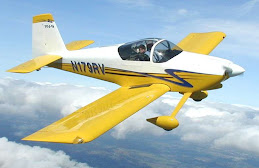Tore down the spray booth and cleaned up the shop.
I have got Dorothy to promise to sew all the seams before I put it back up again. I will take that opportunity to revise the design of the door. I want to have a long zipper to close the new door. I am looking at large frame tents where one long continuous double-ended zipper goes across the top, down one side and across the bottom. The fabric of the door then falls naturally to one side and out of the way. Only one hand is needed for the job, which is great if you are carrying a part or the spray gun in the other. Hopefully, that job will not be needed for several months until the wings are ready to be primed.
I gave the shop a good clean while I was at it. The camera has quite a wide angle lens that makes it look a bit bigger. In fact, I am worried about how I am going to build a fuse in here.
Dorothy and I are off to Madrid for a few days to celebrate our birthdays, which both fall around now. We have never been there before so we are looking forward to it.
